Welcome to Moda Fabrics!
Singer Featherweights: Tiny But Mighty
Singer Featherweights: Tiny But Mighty
With the holidays in sight, you may enjoy this story, a version of which originally appeared on Etsy's blog in December, 2012. Perhaps a Featherweight is on your Christmas list...
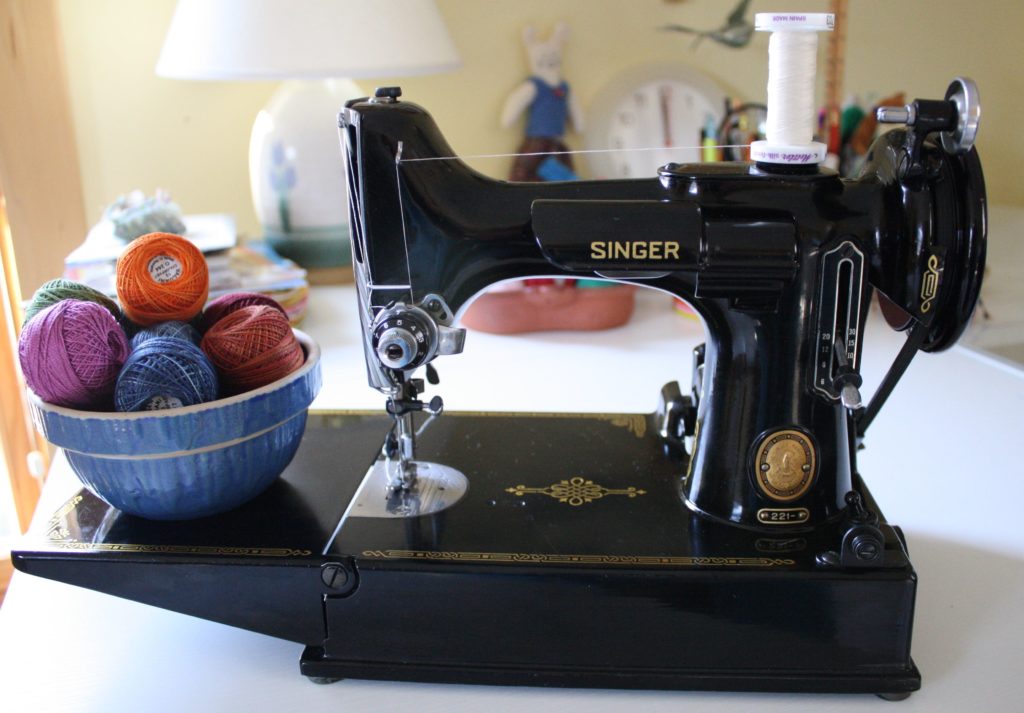
Last year, my husband hinted broadly about giving me jewelry for Christmas. I’m a late-bloomer when it comes to appreciating fine stones and metals—decades ago I deemed an engagement ring an unnecessary expense and my wedding ring was the narrowest sliver of gold. Though I’ve come to appreciate a little bling—indeed, I now sport a sparkly “engagement” ring that I joke took me 30 years to get—I told my husband last year that while the object of my Christmas desire was indeed metallic, what I really wanted was a Singer Featherweight sewing machine.
I’m not alone in my fascination with these robust, 11-pound wonders. Around 2.5 million were manufactured from 1933 to 1964 in Elizabethport, New Jersey, Clydebank, Scotland, and St. John’s, Canada. Their sturdiness means they’re often passed from one sewing generation to the next. Compared with today’s high-end, computerized machines that include truly thrilling and time-saving features like automatic thread cutters, high-speed sewing, and 200-plus stitches, Featherweights are almost laughable—they basically go forward and back with a straight stitch—but that simplicity is part of their charm. It’s also part of why they’re still in existence.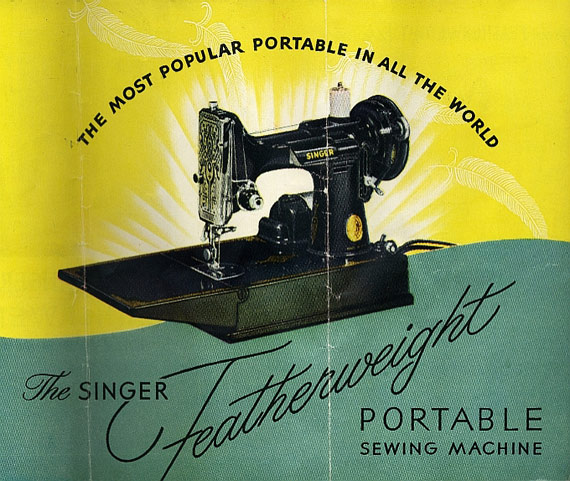
“There are just a few things that go wrong with them and if there’s a problem, cleaning is often all it takes to get them running right,” says Roger Hicks, who teaches Featherweight maintenance classes at fabric shops near his Iowa City, Iowa, home. He notes that his students, mostly women who are used to calling in expert repairpersons and don’t think of themselves as mechanically inclined, are pleasantly surprised to learn they can maintain their Featherweights themselves. “There are a few little tricks I teach, but mostly it doesn’t take anything to clean ‘em up and it costs maybe a whole buck,” he says. “You just need some Singer lube, cotton balls, and Q-tips.”
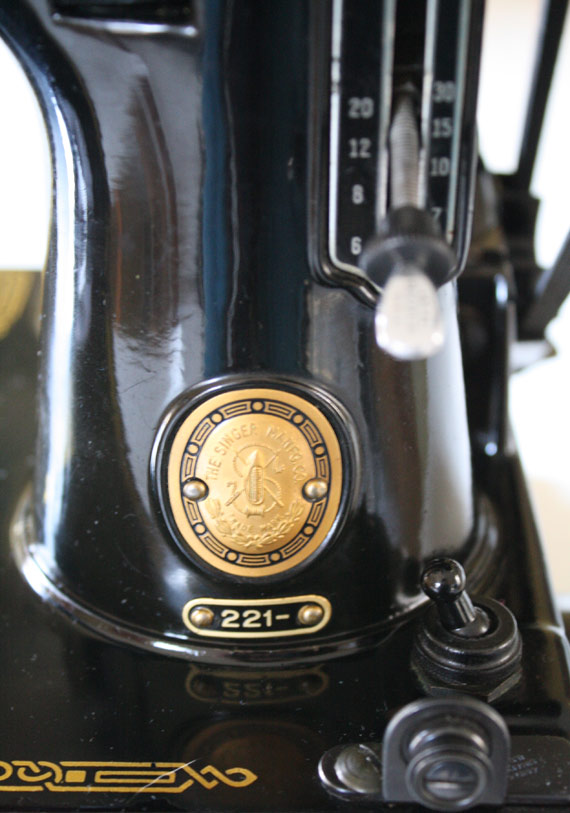
Roger got interested in Featherweights (also known by their model number 221) when his wife Colleen got one 16 years ago. The worn but still-running 1930s model was purchased from a man whose deceased wife had been a dressmaker and sewn on it for years. Colleen named it Helena, after its former owner. Today Colleen has nine Featherweights, including one made in the same year she was born; a white machine and a tan machine (these were manufactured near the end of the Featherweight’s run); and a coveted free-arm machine, the Singer 222. While she considers herself a sewing machine collector—Colleen’s Featherweights fill a lighted display case in her living room—her machines are more than decorative: she is an avid quilter and regularly takes a Featherweight or two to workshops and sewing retreats.
“They’re so reliable, and if you’re piecing quilts, you don’t need fancy stitches,” says Colleen, who notes that the machines’ hard-sided, black storage cases provide plenty of protection and can be easily tucked into a car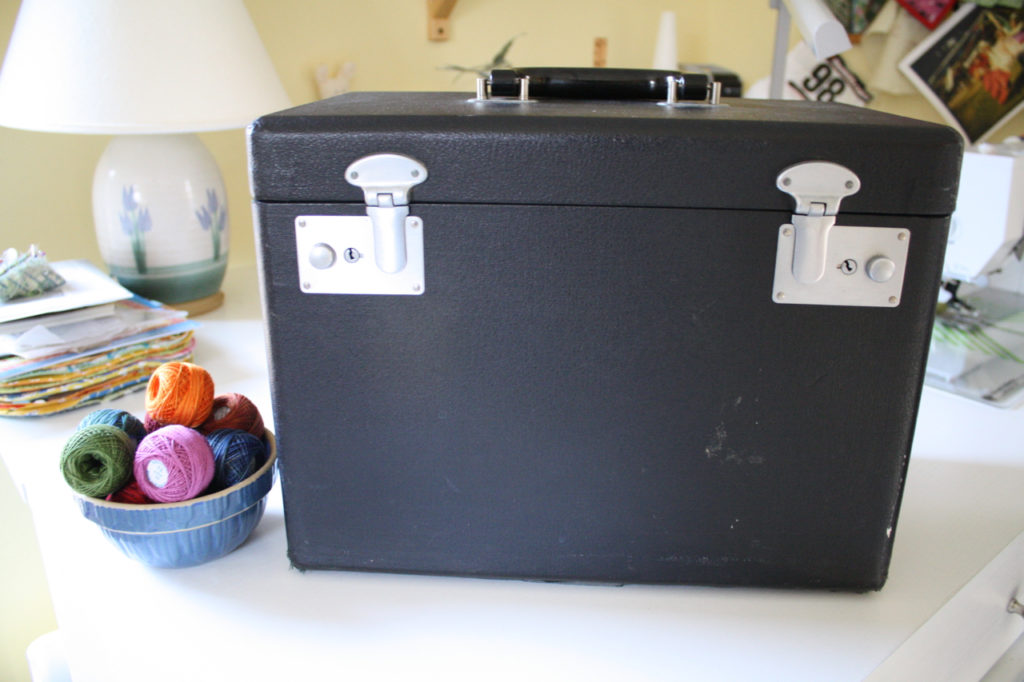 Indeed, today’s Featherweight owners appreciate many of the same qualities as the (mostly) women who purchased the machines when they were new: decorative accents like the gleaming gold decals and swirly art deco or striated face plates, and the fact that despite its diminutive size, a Featherweight is a real workhorse. Although the machines are limited to straight stitching, attachments make it possible to create buttonholes, ruffles, and hems. They're light in weight, and the sewing platform’s fold-down extension enables those without a dedicated sewing room to easily set up on a kitchen table and then store their machine in a closet.
Indeed, today’s Featherweight owners appreciate many of the same qualities as the (mostly) women who purchased the machines when they were new: decorative accents like the gleaming gold decals and swirly art deco or striated face plates, and the fact that despite its diminutive size, a Featherweight is a real workhorse. Although the machines are limited to straight stitching, attachments make it possible to create buttonholes, ruffles, and hems. They're light in weight, and the sewing platform’s fold-down extension enables those without a dedicated sewing room to easily set up on a kitchen table and then store their machine in a closet.
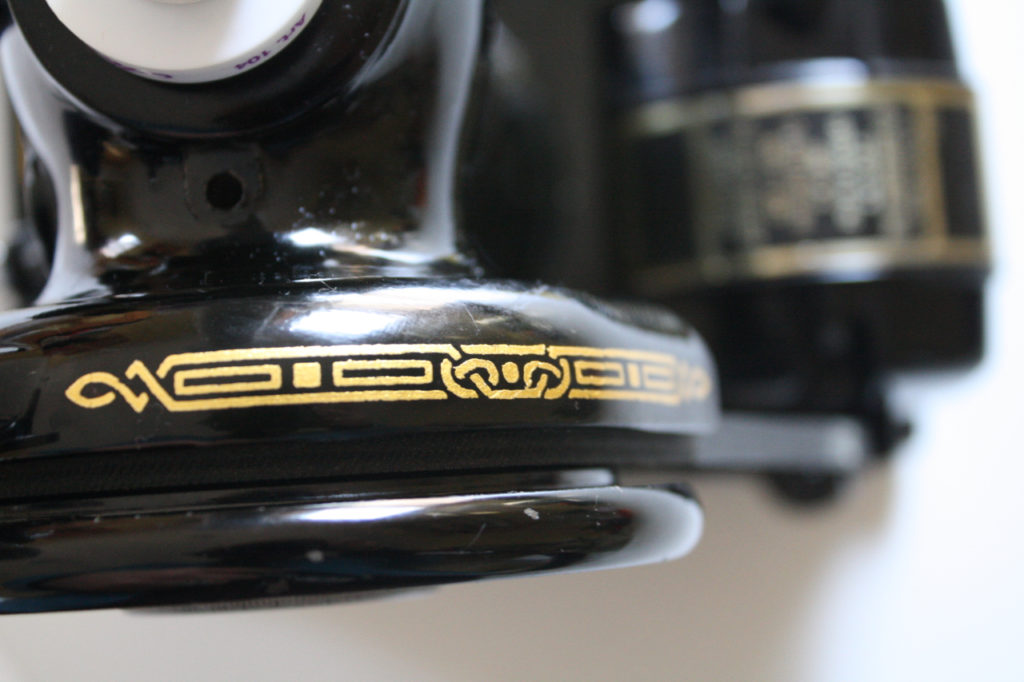
There’s more than versatility that attracts sewists to Featherweights, however: their quiet motor makes stitching on one an almost meditative experience.
“That has to do with the quality of the materials they used and how tightly they fit together,” says Steve Pauling, aka The Bobbin Doctor, who repairs antique and vintage sewing machines in Minneapolis, Minnesota and notes that the early Featherweights are the quietest of the bunch. “The motors were top-quality and they used good bearings, armatures, and windings. Today’s machines are DC-powered, which means they’ve got strong power at high speeds but they’re not manufactured with heavy goods like the old machines. Mass and heaviness can dampen sounds—if it’s heavier, it’s smoother and quieter.”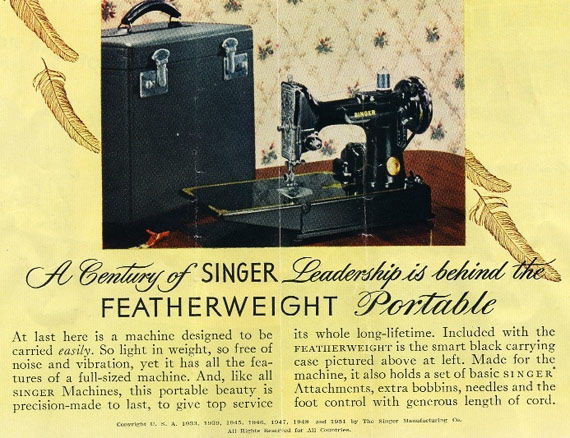 Steve says his appreciation for Featherweights is firmly embedded in their utility.
Steve says his appreciation for Featherweights is firmly embedded in their utility.
“Tools are important for every artisan, as is knowing how to resolve a problem if something is wrong,” he says. “I’m a sewer and do tailoring and it gives me such satisfaction to understand how my tools work and to be totally in sync with them. People are rediscovering the intrinsic value of wonderful old machines and getting out grandma’s to sew on.”
So that sparkly engagement ring? Yes, someday it will be passed along to one of my daughters. But so will the Singer Featherweight my husband gave me last Christmas.
How about you...do you own a Featherweight? What is it about them that you enjoy?

Comments